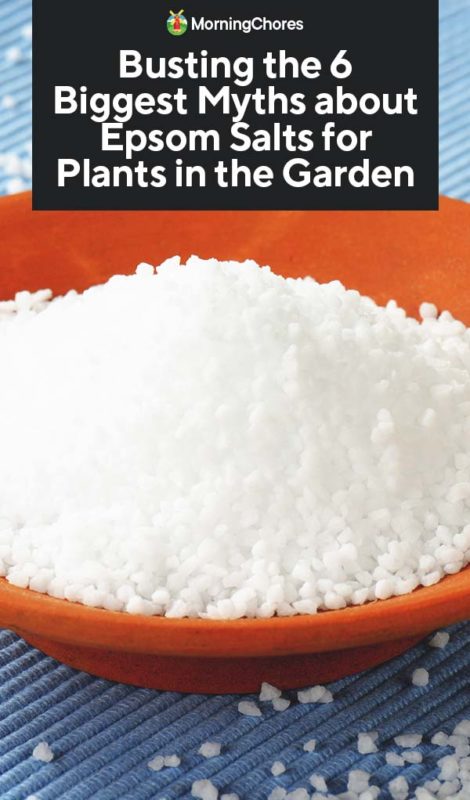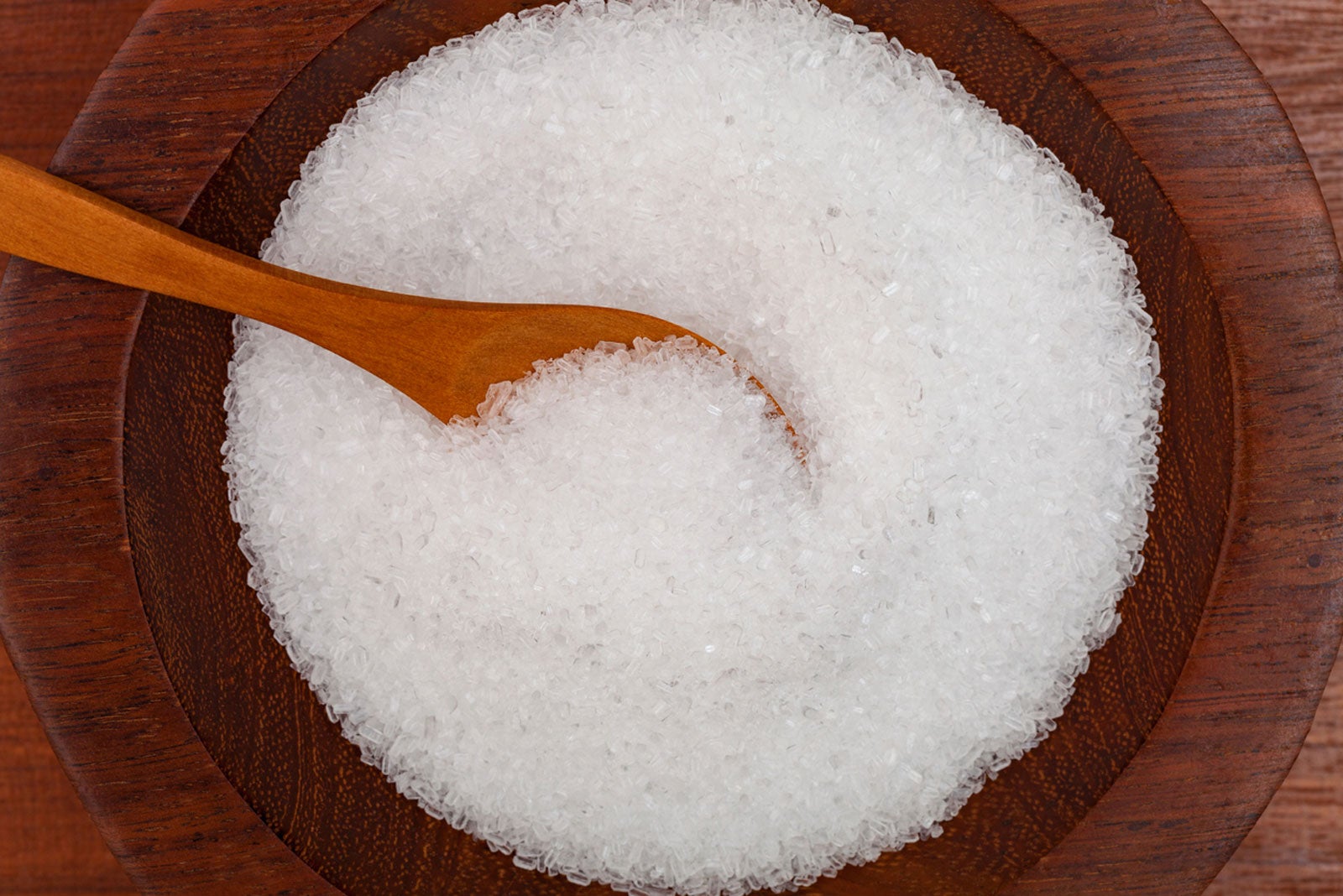Discover What Plants Don't Like Epsom Salt in Your Yard
Wiki Article
Discover the Details Plants That Are Negatively Influenced by Epsom Salt Application
Epsom salt, a popular household solution for numerous horticulture concerns, is commonly applauded for its beneficial impacts on plant development. Not all plants respond favorably to its application. Comprehending the details plants that can be negatively impacted by Epsom salt is critical for any kind of gardener aiming to enhance their plant treatment regimen. Roses, tomatoes, rhododendrons, peppers, and azaleas are simply a couple of instances of plants that might not respond well to Epsom salt. The reasons behind these adverse impacts and exactly how to mitigate them are essential understanding for preserving a prospering yard.Roses

Roses, particularly conscious modifications in their environment, can be adversely affected by the application of Epsom salt. While Epsom salt is typically utilized as a fertilizer to promote plant development and improve flowering, roses are among the plants that do not react well to its application. The high magnesium material in Epsom salt can hinder the uptake of various other vital nutrients by the rose plants, leading to shortages that show up as yellowing leaves or stunted development.

Tomatoes
Tomatoes, recognized for their adaptability in culinary applications, can show unfavorable results when exposed to Epsom salt because of their specific nutrient requirements. While Epsom salt is often promoted as a solution for various plant problems, including blossom end rot in tomatoes, its application can result in destructive outcomes if not utilized carefully. Tomatoes are hefty feeders that need a well balanced consumption of nutrients, particularly calcium, to flourish. Extreme Epsom salt, which is magnesium sulfate, can interrupt the delicate nutrient balance needed by tomatoes, potentially bring about shortages in various other important nutrients like calcium. This discrepancy might show up in symptoms such as stunted growth, yellowing fallen leaves, and even lowered fruit manufacturing in tomatoes. When considering the use of Epsom salt on tomatoes, it is important to stick to suggested application rates and soil screening to prevent unintended consequences on the overall health and performance of these cherished garden plants.Peppers
Peppers, revered for their various colors and degrees of spiciness, can demonstrate sensitivity to adverse effects from Epsom salt when not used with treatment and consideration for their details dietary needs. what plants don't like epsom salt. Peppers, coming from the Solanaceae household, call for a fragile equilibrium of nutrients to grow. While Epsom salt is understood to boost magnesium degrees in plants, extreme application can interrupt this stability, bring about adverse results on pepper plantsWhen peppers are subjected to high degrees of magnesium from visit this site Epsom salt, it can hinder the plant's ability to absorb other vital nutrients like calcium and potassium. This inequality may show up in signs such as fallen leave staining, stunted development, and decreased fruit manufacturing. Additionally, the excessive magnesium can change the soil pH, further worsening nutrient uptake concerns for peppers.

Rhododendrons
Provided the level of sensitivity of particular plant types to discrepancies brought on by Epsom salt, it is important to think about the influence on Rhododendrons, which additionally require specific nutrient degrees to grow. Rhododendrons are acid-loving plants that prefer acidic soil conditions with a pH variety between 4.5 and 6.0. Epsom salt, chemically called magnesium sulfate, can change the dirt pH and interfere with the fragile equilibrium of nutrients crucial for Rhododendron health.
To preserve the optimal development and wellness of Rhododendrons, it is critical to prevent the indiscriminate use of Epsom salt and rather concentrate on offering the particular acidic dirt problems and nutrients that these plants require for flourishing.
Azaleas
Azaleas, known for their vivid flowers and broad variety of colors, are decorative bushes that belong to the Rhododendron genus. These preferred blooming plants are commonly located in landscapes, gardens, and parks as a result of their appeal and versatility. Azaleas are sensitive to adjustments in soil pH degrees, which can substantially affect their development and total health. While Epsom salt is generally utilized as a solution for magnesium shortage in plants, its application to azaleas can have negative effects.Azaleas like a little acidic dirt conditions, and an excess of magnesium from Epsom salt can disrupt this balance, leading to nutrient imbalances and prospective toxicity issues. The inaccurate application of Epsom salt can result look what i found in stunted development, yellowing of fallen leaves, and general decrease in the health and wellness of azaleas.
Conclusion
To conclude, it is necessary to be conscious of the specific plants that can be negatively affected by the application of Epsom salt. Roses, tomatoes, peppers, rhododendrons, and azaleas are some examples of plants that might not take advantage of Epsom salt and might even endure harm. It is critical to research study and recognize the needs of each plant types before using Epsom salt as a fertilizer to guarantee their health and well-being.
Recognizing the specific plants that can be negatively influenced by Epsom salt is critical for any gardener looking to maximize their plant treatment routine. While Epsom salt is typically made use of as a plant food to advertise plant development and boost blooming, roses are one of the plants that do not respond well to its application.Extreme use of Epsom salt can likewise result in an accumulation of salts in the soil, leading to root damage and dehydration of the rose plants. While Epsom salt is known to boost magnesium levels in plants, too much application can disrupt this balance, leading to adverse results on pepper plants.
The high salt content in Epsom salt can also dry out Rhododendron roots, triggering more stress and anxiety and damage to the plant. (what plants don't like epsom salt)
Report this wiki page